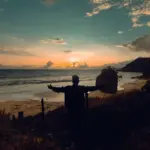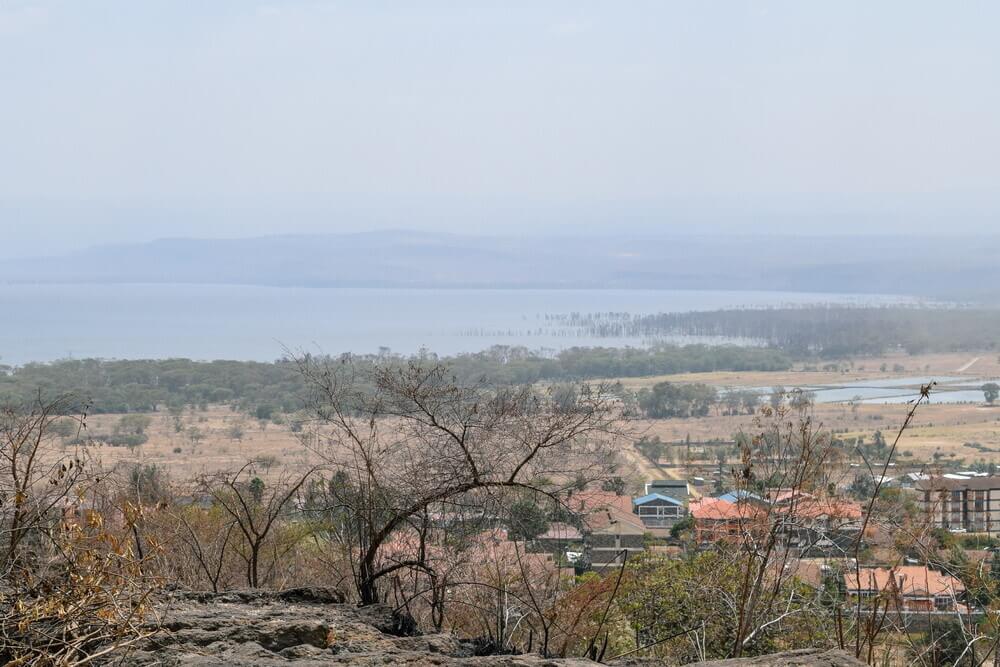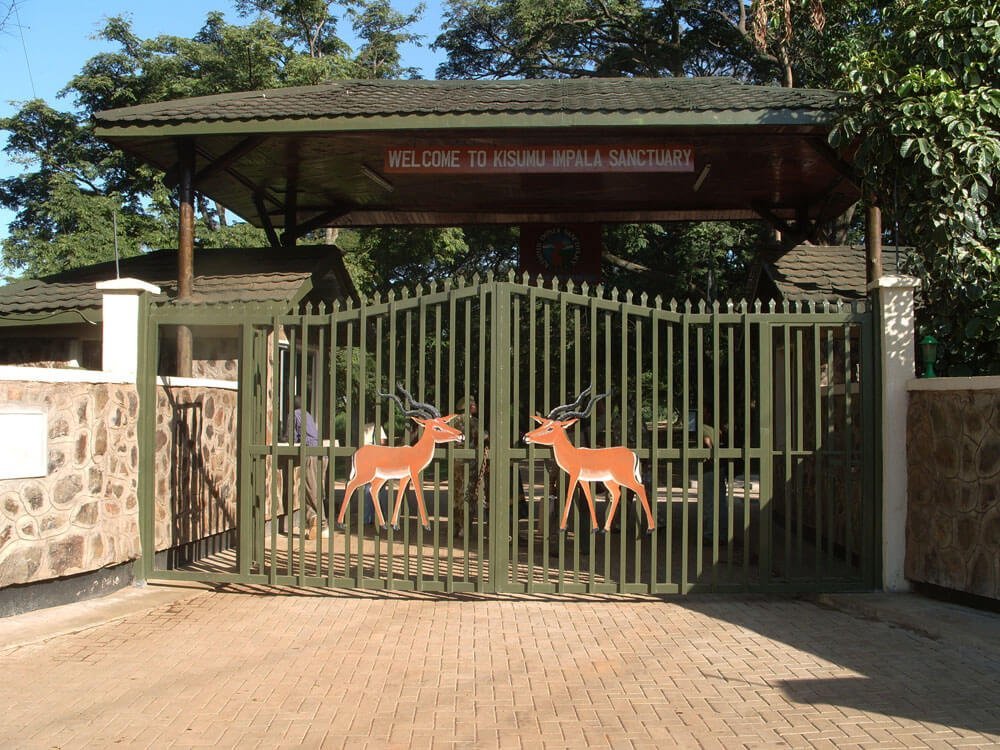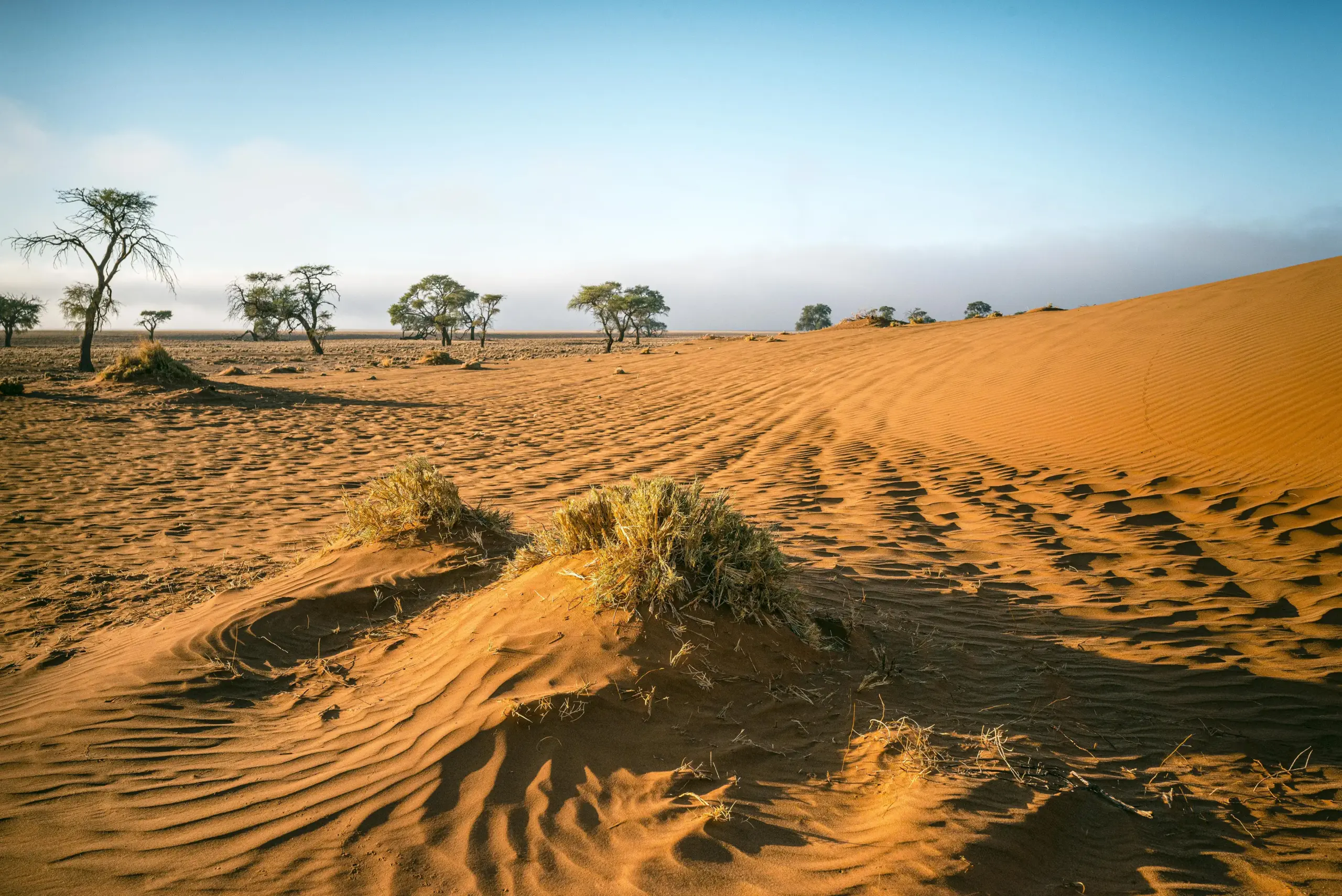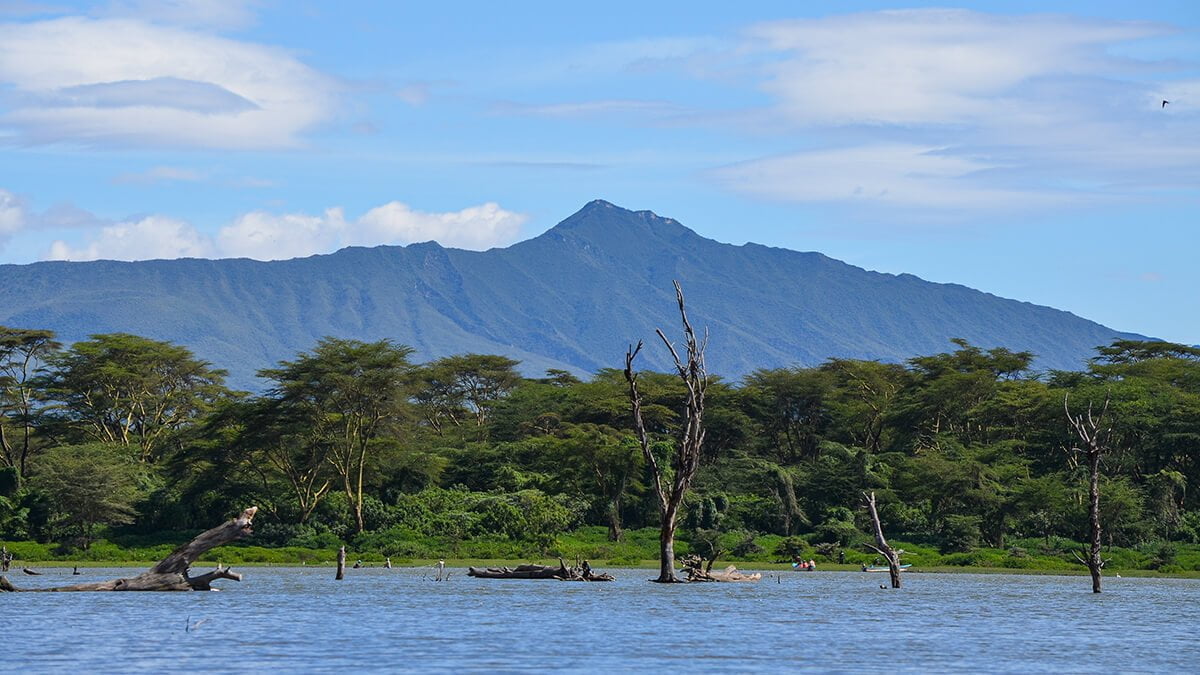Lake Baringo is one of only two freshwater lakes in Kenya’s Rift Valley, and it is a top destination for birdwatching, wildlife viewing, and cultural experiences. Located 60 km north of Nakuru town, the lake covers 130 sq. km at an altitude of 970 meters (3,180 ft.) and is surrounded by semi-arid plains and volcanic hills.
Fed by the Perkerra, Ol Arabel, and Molo rivers, the lake supports more than 470 bird species, hippos, crocodiles, and Rothschild’s giraffes. For visitors heading north, it offers a perfect blend of nature, culture, and adventure.
The History of Lake Baringo
The first European to reach the lake was Joseph Thomson in 1883.
The marbled lungfish was introduced into the lake in 1974 and has since replaced the declining Nile Tilapia species, now accounting for the majority of fish production.
Until the early 1980s, the lake was fresh, fish were abundant, reeds lined the shorelines (except the steep rocky sides), and leeches were common. In the mid-1980s, increased erosion led to siltation. The mudfish was introduced, and it preyed on tilapia. Years later, water levels had reduced significantly, and smaller islands on the northern shore had become part of the mainland. Salinity levels rose, and the water became undrinkable until the heavy rains of 2007, which caused the lake to rise again.
In 2013, another period of heavy rains filled the lake, destroying homes and lodges along the shores and separating communities from schools, health centres, and workplaces.



Lake Baringo at a Glance
- Location: 60 km north of Nakuru town, in the Rift Valley
- Size: 130 sq. km (50 sq. miles)
- Altitude: 970 meters (3,180 ft.)
- Wildlife: Hippopotamus, Nile crocodile, Rothschild’s giraffes, and more than 470 bird species
- Islands: Ol Kokwa (largest), with fumaroles and hot springs nearby
- Local Communities: Njemps (Il Chamus), Rendile, Kalenjin, and Turkana
The lake serves as an important refuge for wildlife, providing habitat for seven freshwater fish species and supporting a diverse range of mammals, reptiles, and amphibians.
Things to Do at Lake Baringo
Lake Baringo is a paradise for birdwatchers, with over 470 bird species recorded. Fish in the lake attract African fish eagles, cormorants, and pelicans.
Other activities include:
- Crocodile and hippo spotting along the shoreline.
- Fishing, skiing, and surfing in the freshwater lake.
- Boat trips from Kampi-ya-Samaki to several islands.
- Nature walks and photography for those seeking serenity and a peaceful, undisturbed natural environment.
- Cultural experiences with the Njemps and Pokot tribes.
- Exploring archaeological sites in the Tugen Hills, which contain important Pleistocene and Miocene fossil records.


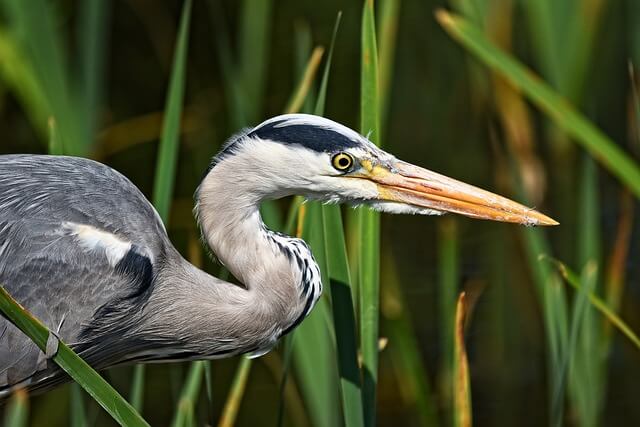
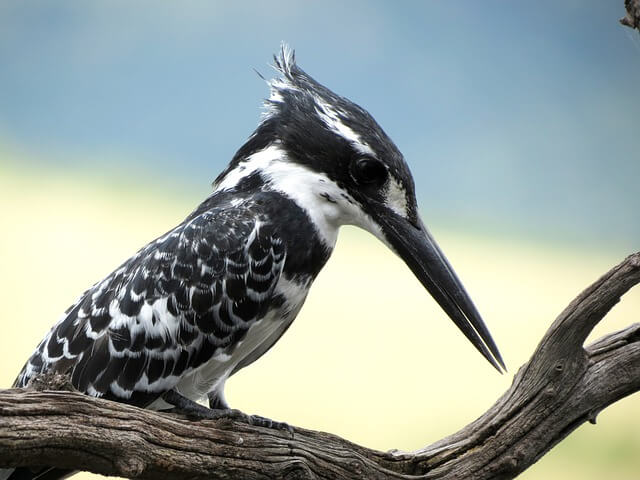
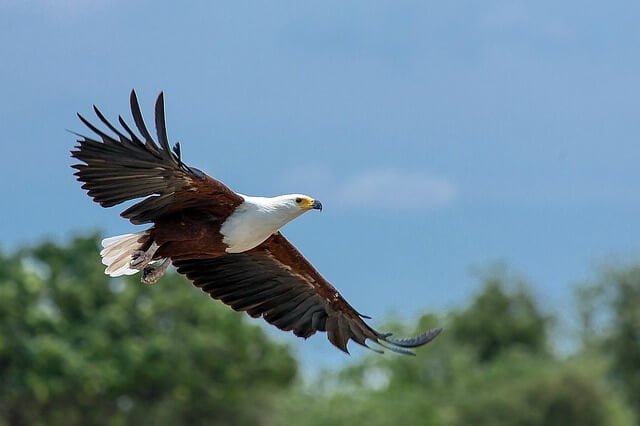
How to Get to Lake Baringo
- By Road: From Nakuru town by bus or private vehicle (about 2 hours). From Nairobi, the drive takes around 5 to 6 hours. The main town near the lake is Marigat.
- By Transfer: Some hotels and lodges near the lake can organize private transport from Nairobi or Nakuru.
Getting Around Lake Baringo
- Private Transport: The most flexible way to explore nearby attractions.
- Boat Services: Available at Kampi-ya-Samaki and on the lake’s islands.
- Local Excursions: Many hotels and camps organize guided birding trips and cultural visits.
Where to Stay at Lake Baringo
Lake Baringo offers a variety of accommodation options to suit different budgets:
- Luxury hotels and lodges
- Self-catering cottages and private guesthouses
- Budget campsites close to the lake
One of the best-known options is Island Camp on Ol Kokwa Island.
Lake Baringo is also a common stopover for travellers heading north, often combined with a visit to Lake Bogoria or the Kerio Valley.
Top Experiences Around Lake Baringo
- Take a sunrise boat ride to watch African fish eagles dive for their catch
- Walk among Rothschild’s giraffes in the surrounding plains
- Visit Njemps fishing villages to learn about traditional tilapia fishing
- Explore Ol Kokwa Island and spend a night in an off-grid setting
Tours to Lake Baringo and Nearby Attractions
Final Thoughts
Lake Baringo is more than just a scenic lake; it’s a unique destination. It is a sanctuary for birds and wildlife, a cultural meeting point, and a fascinating geological site. Whether you are looking for birdwatching, photography, cultural experiences, or simply a peaceful escape, Lake Baringo is a jewel of the Rift Valley and an essential stop on a Northern Kenya safari.
Frequently Asked Questions
Is Lake Baringo freshwater or saltwater?
Lake Baringo is a freshwater lake, one of only two in the Kenyan Rift Valley.
What animals live in Lake Baringo?
The lake is home to hippos, Nile crocodiles, seven freshwater fish species, and over 470 bird species. Rothschild’s giraffes can be seen nearby.
What is the best time to visit Lake Baringo?
The best time is during the dry seasons from June to September and December to February. These months are excellent for birdwatching, and there is easier road access.
Can you swim in Lake Baringo?
Swimming is not recommended because of crocodiles and hippos in the water.
How many days should I spend at Lake Baringo?
One to two nights is ideal, often combined with a visit to Lake Bogoria or the Kerio Valley.
What cultural experiences are available?
Visitors can meet the Njemps and Pokot communities, experience traditional fishing methods, and learn about the pastoralist lifestyles of these communities.
